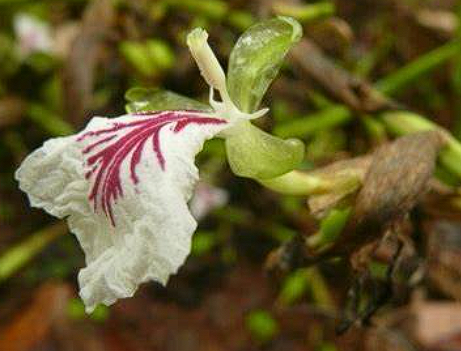What is Biodiversity Leak?

Recent studies highlight the issue of biodiversity leakage in agricultural landscapes. As nations strive to meet biodiversity targets, unintended consequences may arise. The Kunming-Montreal Global Biodiversity Framework aims to protect 30 per cent of land and sea by 2030. However, conservation efforts in wealthier nations may inadvertently drive production expansion in biodiverse regions elsewhere. About Biodiversity Leak Biodiversity leak refers to the displacement of harmful activities from conservation areas to more biodiverse regions. When restoration projects limit agricultural production, the resulting demand may lead to increased imports from countries with rich biodiversity. This phenomenon can negate local conservation benefits. Global Biodiversity Framework The Kunming-Montreal Global Biodiversity Framework sets ambitious targets for biodiversity protection. It aims for 30 per cent of land and sea to be safeguarded by 2030. The European Union’s Biodiversity Strategy f...


















